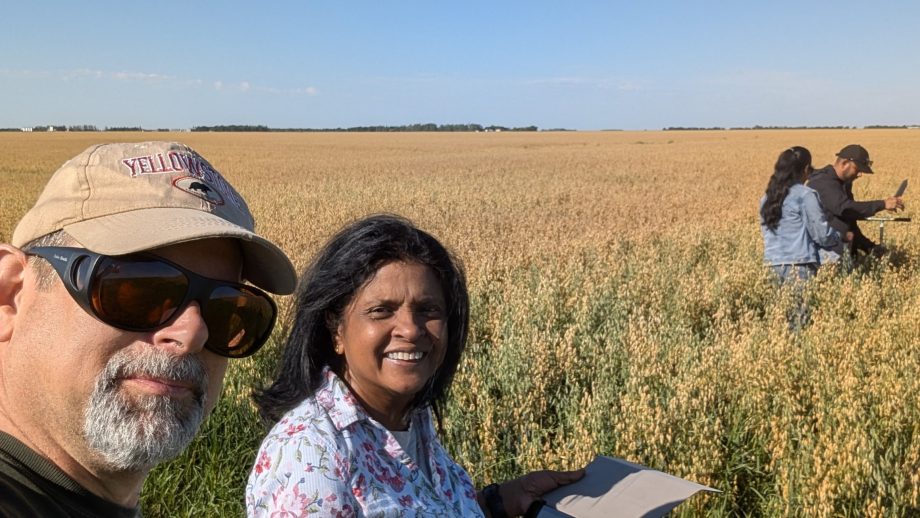WINNIPEG, MB – The interaction between predator, prey behaviour and seasons is key to understanding the impact a predator can have on the prey population, according to a study by University of Winnipeg biologist Dr. Susan Lingle and a research team based at the McIntyre Ranch in Alberta. The study will be published shortly in The American Naturalist.
In a long-term study (1994-2007) of coyotes, mule deer and white-tailed deer, Dr. Lingle found that the prey have different ways of coping with danger, which determined the time of year when they succumbed to predators. Mule deer females vigorously defended fawns against coyotes and this tactic was essential to protect very young fawns. Tactics of flight, used more effectively by white-tailed deer than mule deer, were effective only after fawns attained a certain size and speed.
“The first summer we worked with these animals, we immediately noticed that the whitetail fawns were dropping like flies, but not the mule deer fawns,” said Dr. Lingle. “As soon as October came, everything changed. Most of the whitetail fawns that made it that far survived the winter, but then the mule deer fawns started to plummet. In a few years the last mule deer fawn in the population was killed by the end of February. We observed the same pattern year after year.”
But if coyotes catch more whitetails during summer and more mule deer during winter, which species of deer suffers higher levels of annual predation?
In years in which coyotes focused their hunting on deer during winter, mule deer fawns suffered high annual predation rates. In years in which coyotes focused their hunting on deer during summer, whitetail fawns suffered high annual predation rates.
“We were able to understand variation in annual predation rates on each species simply by identifying the time of year when the prey was most vulnerable and the time of year when the coyote targeted that prey species,” explained Dr. Lingle. ”This is a very simple approach that can be applied to many other predator-prey systems. These findings can prove useful to conservation biologists and wildlife managers working to protect populations of prey that are currently threatened by high levels of predation.”
The project was funded in part by the Alberta Conservation Association, Alberta Ingenuity Fund and the Natural Science Engineering and Research Council of Canada.
The American Naturalist, founded in 1867, is a renowned, peer-reviewed publication devoted to ecology, evolution, and population and integrative biology research.
FOR MORE INFORMATION
Diane Poulin, Communications Officer, The University of Winnipeg
P: 204.988.7135 E: d.poulin@uwinnipeg.ca




